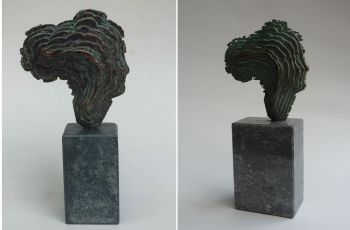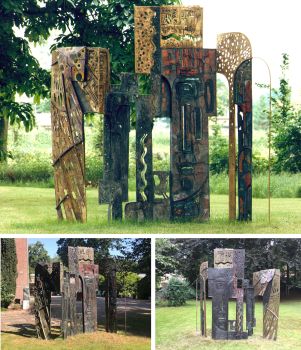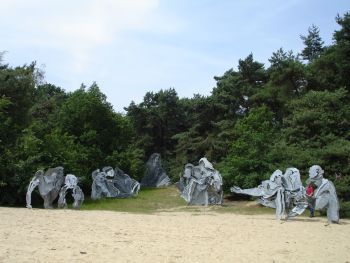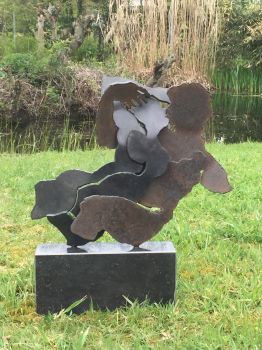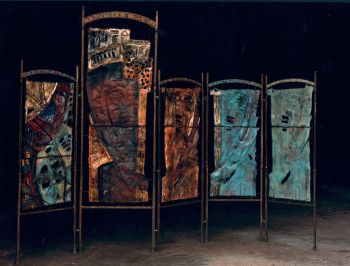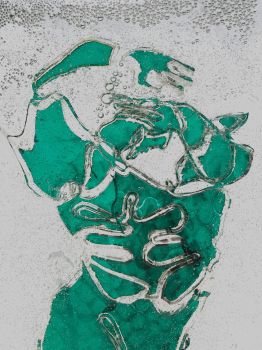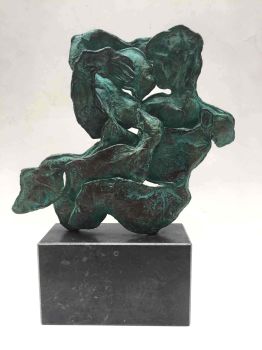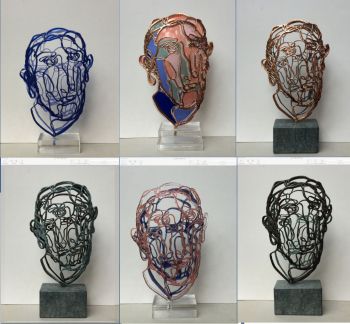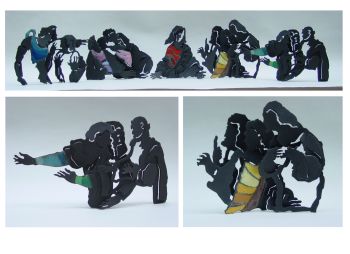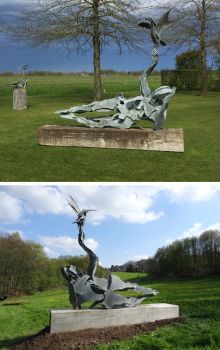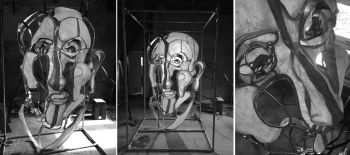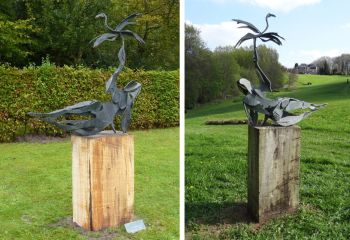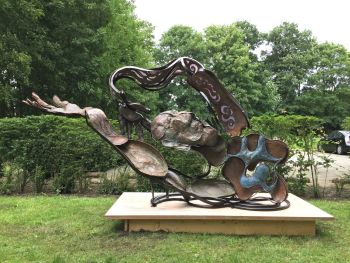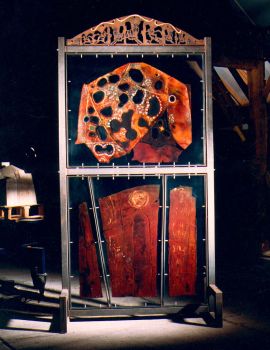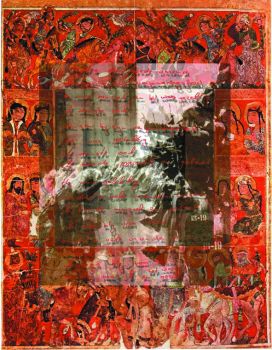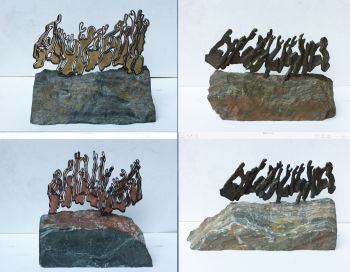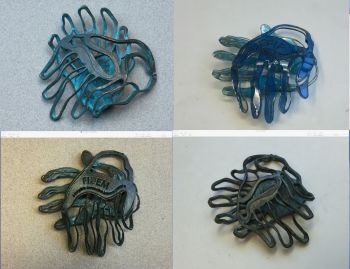Land art, earth art or environmental art
Land art, also known as Earth art, emerged in the late 1960s as a movement that sought to integrate art and nature. It is characterized by large-scale artworks created directly in the natural environment, using materials such as rocks, dirt, and vegetation. Land art has had a significant impact on the history of art, challenging traditional notions of art as something that is created in the studio or gallery and emphasizing the relationship between humans and the natural world.
Land art, also known as Earth art, environment art and Earthworks, is an art movement that emerged in the 1960s and 1970s, mainly in Great Britain and the United States. but which also includes examples from many other countries. As a trend, “land art” pushed the boundaries of art through the materials used and the location of the works.
One of the key contributions of land art to the history of art is its emphasis on the site-specificity of art. Land artists sought to create works that were intimately connected to the environment in which they were located. By creating artworks in the natural environment, land artists challenged the traditional separation between art and nature, emphasizing the interconnectedness of humans and the natural world.
Another significant contribution of land art to the history of art is its use of non-traditional materials. Land artists used natural materials such as rocks, sand, and water, creating artworks that were both ephemeral and permanent. By using these materials, land artists emphasized the importance of the natural world and challenged the traditional use of manufactured materials in art.
Land art also challenged traditional notions of the artwork as something that is meant to be permanent. Many land artworks were temporary, lasting only as long as the natural materials allowed. This emphasis on impermanence challenged the idea of the artwork as something that is fixed and unchanging, emphasizing instead the idea of art as a process that is always evolving.
Finally, land art challenged traditional notions of the role of the artist. Land artists often worked collaboratively, emphasizing the importance of the creative process and the collective effort in the creation of art. By working directly in the natural environment, land artists emphasized the importance of the relationship between humans and the natural world, challenging traditional notions of the artist as a solitary figure.
In conclusion, land art has had a significant impact on the history of art, challenging traditional notions of art as something that is created in the studio or gallery and emphasizing the relationship between humans and the natural world. Its emphasis on site-specificity, the use of non-traditional materials, impermanence, and collaboration has influenced the development of contemporary art and environmentalism. Land art continues to inspire and influence artists and environmentalists today, demonstrating the enduring power of art to connect us to the natural world.
The materials used were often the materials of the earth, including the soil, rocks, vegetation and water found on site, and the locations of the works were often far away from population centers. Although sometimes quite inaccessible, photo documentation was often brought back to the municipal art gallery. Land Art, a term coined by the artist Robert Smithson, is a movement that developed in the late 1960s and 1970s in the US.
However, the art form has been around for thousands of years. Land Art is a work of art created with and constructed from the physical landscape. The movement sought to take art out of museums and place it in a natural context. Many Land Art works are temporary or change with the elements of nature. The most famous work of contemporary Land Art is Spiral Jetty (1970), which Smithson created as a protrusion in Utah's Great Salt Lake.
The essential characteristic of Land Art is the inseparable bond between the work of art and the landscape in which it is placed. Land Art often consists of materials such as stone, bedrock, water, branches and other natural elements, but often concrete, metal and pigments are also used. Initially, Land Art became popular in the American Southwest, but these works now exist only as photographs or recordings.
The artists of these works began creating Land Art as a way of condemning the artificiality of the commercialized art popular in their time. The first work to be called Land Art was created at the Skowhegan School of Painting and Sculpture by artists Douglas Leichter and Richard Saba.



